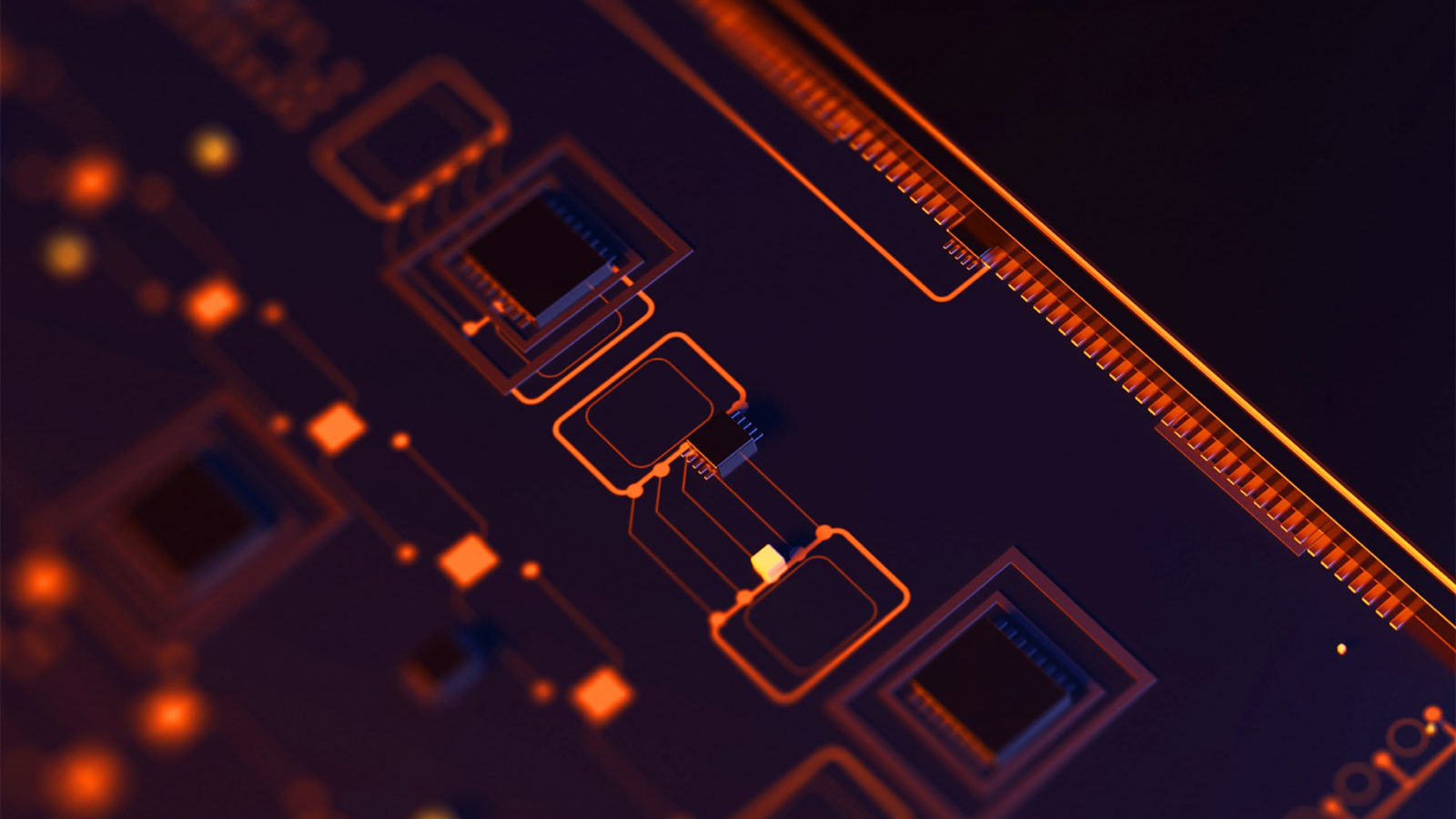
According to DigiTimes, Samsung announced severe cuts to its memory chip production due to decreased market demand. As a result, DDR4 prices are expected to stay low temporarily as Samsung cuts NAND and memory output to reduce inventory overhead and match market demand. However, DDR4 prices are expected to rebound once the overloaded inventory is depleted.
Samsung did not confirm whether its memory production cuts are related to DDR4; however, according to DigiTimes, most market observers believe the cuts will focus on DDR4. Either way, it will affect Samsung's memory output significantly. For perspective, this is the first production reduction announcement Samsung has made in 27 years.
Sources with IC testing houses said Samsung saw a whopping 30% drop in orders in just the first quarter of this year. At the same time, DRAM inventory has exploded, exceeding demand by 21 weeks.
Market sources confirm that Samsung's memory shipment issues are primarily caused by its customers focusing on inventory depletion, combined with added price cuts from Samsung's competitors (increasing market sales from the competition). Other issues stem from significant DRAM contract and NAND flash price reductions by 25 to 30% and a fall of 24 and 16%, respectively.
Samsung is the final memory manufacturer to announce official production cuts amid the reduced worldwide demand for NAND flash and memory ICs. The demand reduction has been significant enough to impact every single manufacturer in the market today. This has favorably impacted consumers, leading to low DDR4 pricing and significantly reduced SSD prices.
This trend is not expected to last forever. With Samsung now on board, NAND flash and memory IC inventory is expected to equalize very soon, with some reports suspecting equalization could happen as soon as Q3 2023. Once the excess supply is sold off, memory and SSD prices are expected to rebound.







